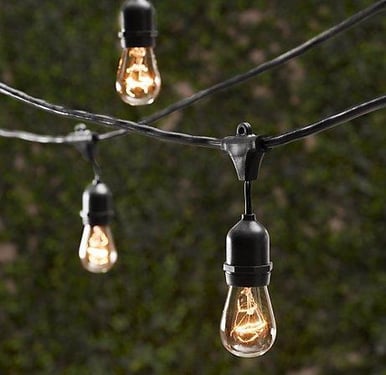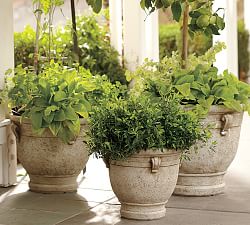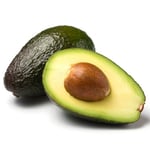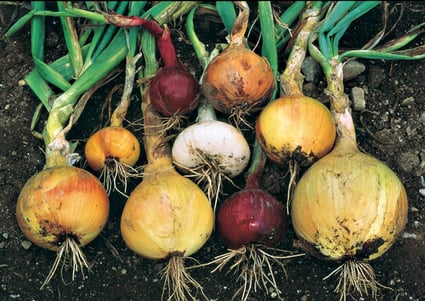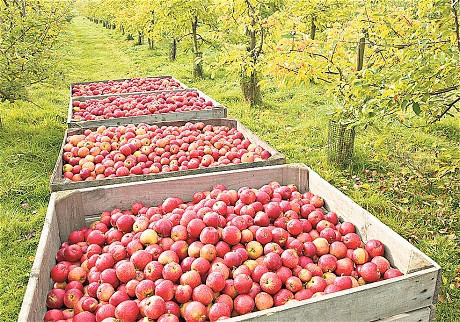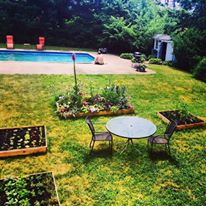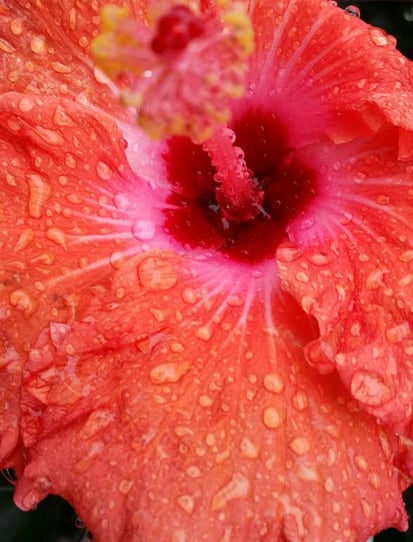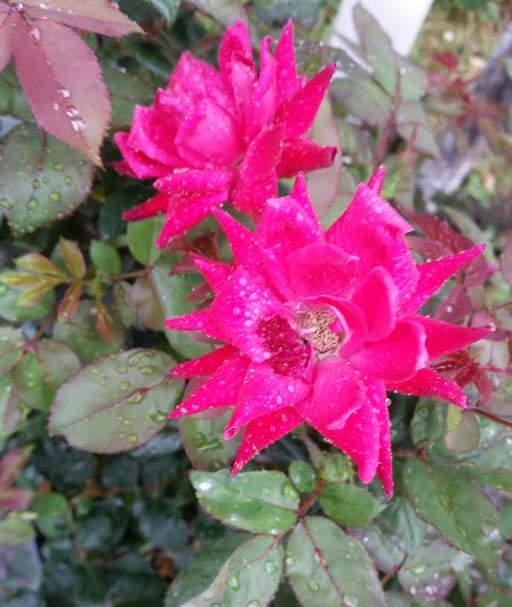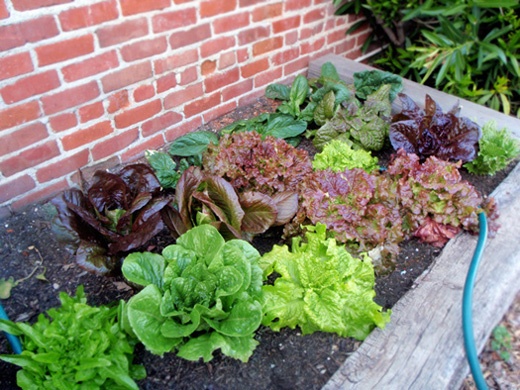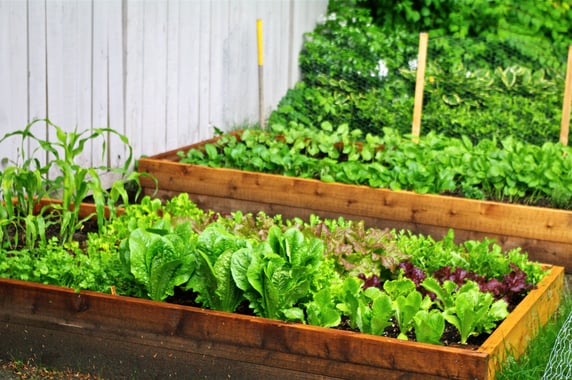Sunflowers are one of my favorite blooms to watch stretch and grow in my garden. Their sunshine happy faces, their bold green foliage and striking color all are reasons why I strive to cultivate a crop every summer. The trouble is, I’m not the only fan of this seasonal beauty. Sunflowers are also anxiously awaited by several critters, insects and wildlife that can’t wait to sink their teeth and claws into the soft baby leaves that appear first once the seedlings begin to develop.
Time and time again, I’ve carefully devised several strategies to stave these pests away but every year I wake up to that fatal morning where I witness the horrifying site of chomped sunflower stems. Could have been rabbits or maybe even a hedgehog but one thing’s for sure, these forest delicacies were mowed down as soon as the plant could provide a hearty meal for some lucky vermin.
Or worse yet- how about the terrible damage inflected on the leaves by ants and other creepy crawlers that find sunflowers a tasty salad?
So what do we do? Forget the sunflower all together? Nah. Just hang in there and look these tips over to help ward off predators from your lovely patch.
Tips For Sunflower Survival
#1. Sunflower stems are only enticing when their foliage is soft and young. Most animals will leave them alone once they have reached a height of 1 to 1 ½ feet tall so applying bird’s netting or a mesh blanket over the plant when it is in its early development will shoo most pests away.
#2 Place a container such as a soda bottle that has had the top quarter cut off over the seedlings. This not only will keep away rodents but also create a nice greenhouse effect to nurture speedy growth.
#3 To keep away slugs and other slithery foes, gently spray the sunflower with a water mixed with a little dish soap. They absolutely hate that combination and it wont hurt the flower at all.


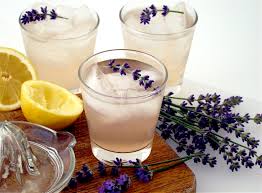

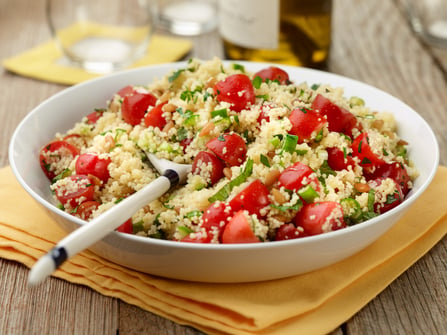
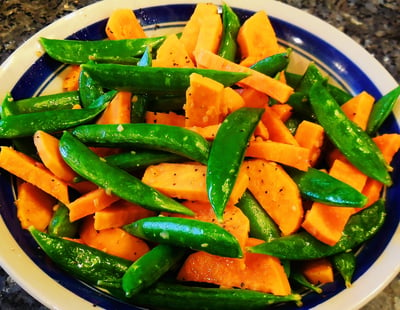
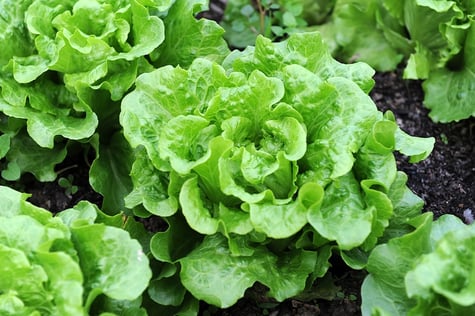
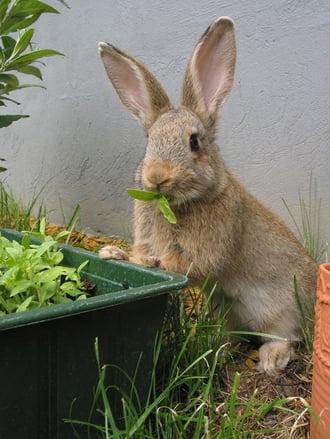
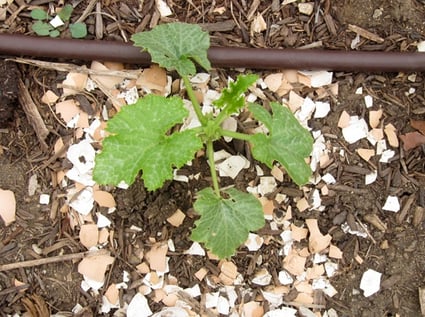
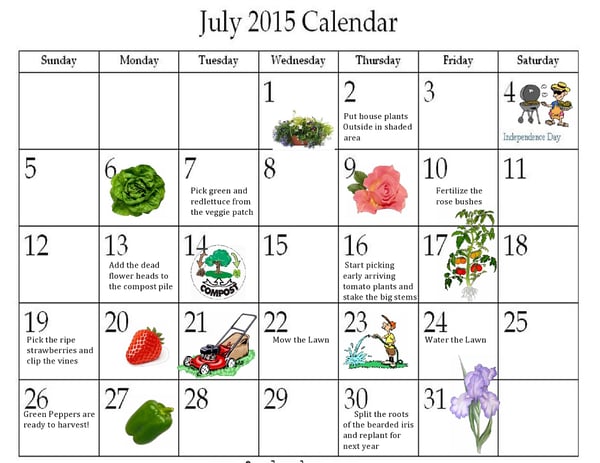 an easy reference guide for the novice, intermediate or expert gardener.
an easy reference guide for the novice, intermediate or expert gardener.
